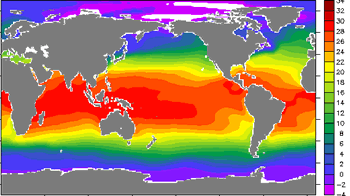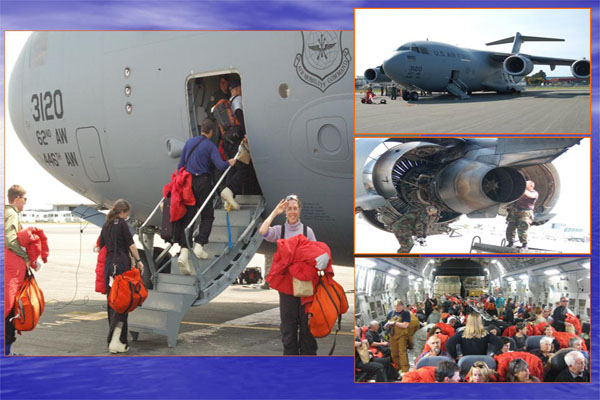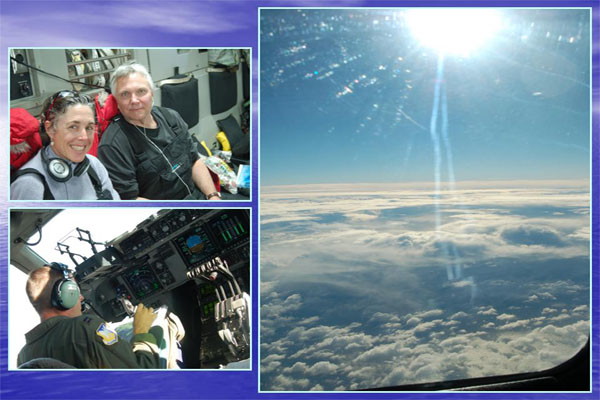Dr. Sally Walker
Click on image for full size
Courtesy of Sally Walker
Dr. Sally E. Walker
Sally E. Walker is a Professor of
Paleontology at the University of
Georgia in Athens, Georgia, USA.
Dr. Walker studies how animals become fossils. She is excited to go to Antarctica for
the first time with Dr. Molly Miller (Vanderbilt
University, Tennessee) and Dr. Sam Bowser (Wadsworth Center, New York) for NSF’s Polar Programs.
Together, they are studying how extremes in climate and environmental conditions may affect the dissolution of animal skeletons and how rapidly these skeletons degrade to
become part of the carbon cycle. Do animal skeletons dissolve faster in polar regions than in warmer, tropical climates? If true, their findings may explain some scientific mysteries surrounding the fossil record of the continent of Antarctica.
Take a look at Solving Polar Fossil Mysteries, Sally Walker's Postcards from the Field, to learn more about this Antarctic research project.
Last modified September 25, 2008 by Lisa Gardiner.
You might also be interested in:

Fossils are evidence of ancient life preserved within sedimentary rocks. They are clues to what living things, ecosystems, and environments were like since life has existed on this planet. The oldest
...more
Antarctica is unique. It is the coldest, windiest, and driest continent on Earth. The land is barren and mostly covered with a thick sheet of ice. Antarctica is almost entirely south of the Antarctic Circle
...more
Climate in your place on the globe is called regional climate. It is the average weather pattern in a place over more than thirty years, including the variations in seasons. To describe the regional climate
...more
Landing in Christchurch, New Zealand, one of the world's windiest airports, is unforgettable. Snowcapped Southern Alps, braided streams criss-cross the landscape amidst a patchwork quilt of green pastures,
...more
I live near Atlanta, Georgia, where "CDC" means the Center for Disease Control. In Christchurch, "CDC" means the Clothing Distribution Center for the United States Antarctic Program. At this Center, workers
...more
Finally the fax arrived that weather conditions in Antarctica had improved dramatically, and our flight was scheduled for noon on October 10. On that day, we hurried to the CDC, donned our Extreme Cold
...more
With the brakes retooled, we were finally ready for take off in the C-17. Take off was amazing, despite all the noise generated by the massive engines (we had to wear ear plugs or headphones): I was pushed
...more















